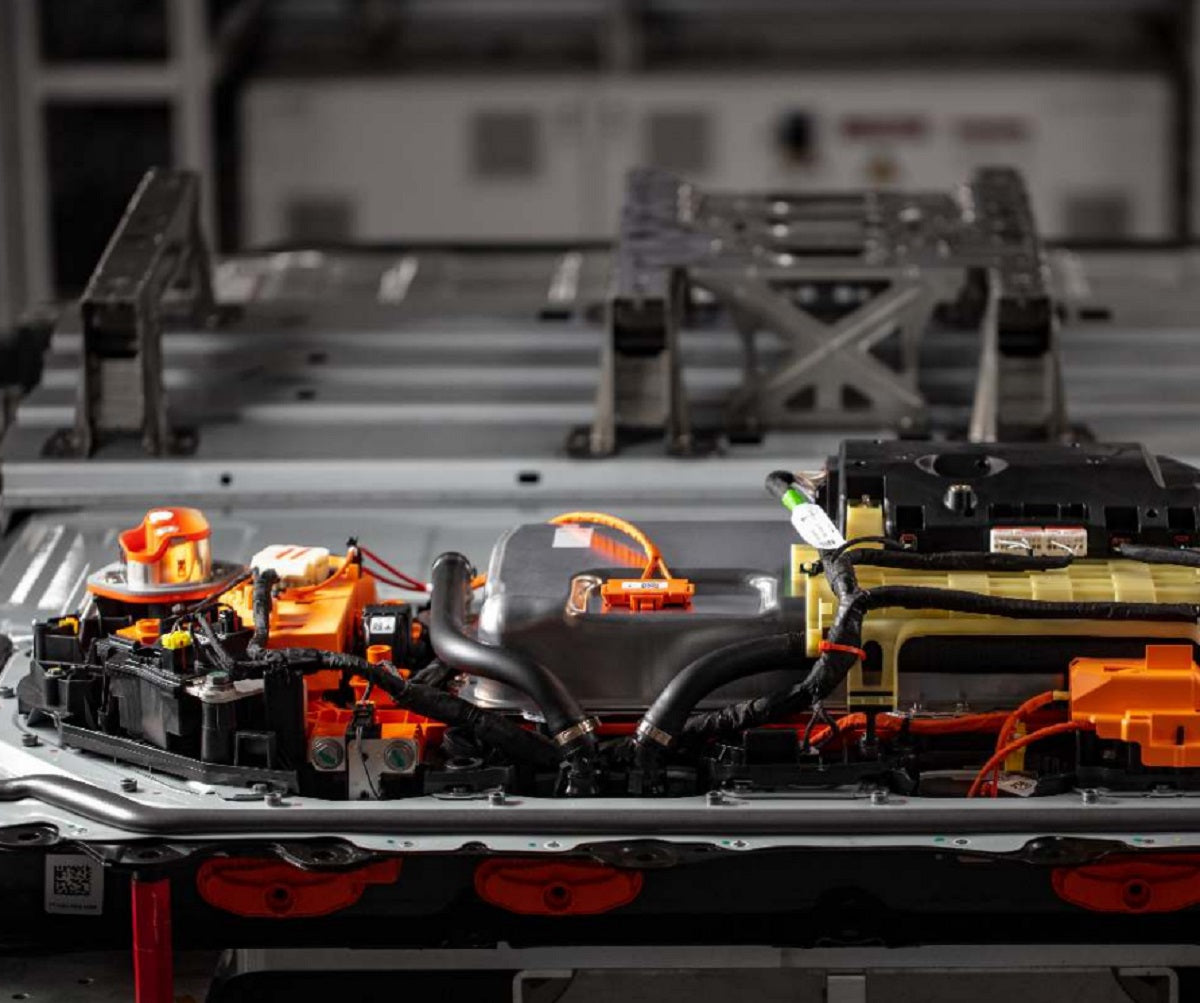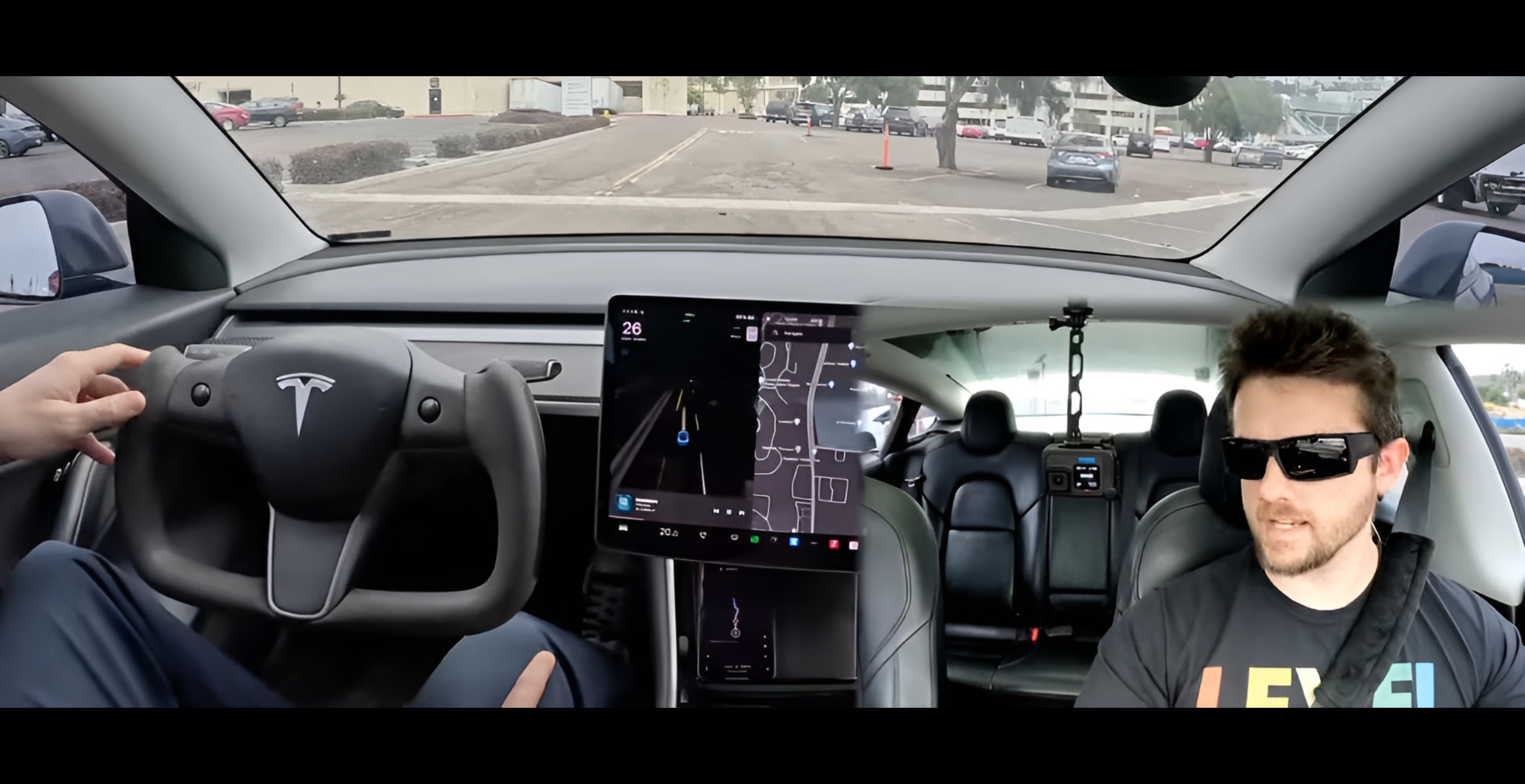
Efficienza nei Veicoli Elettrici: Comprendere le Miglia per kWh e cosa influisce su autonomia ed efficienza
Man mano che il mondo si "sposta" (gioco di parole voluto) verso i veicoli elettrici (EV), c'è di più nello shopping per un EV rispetto a MSRP, rincari dei concessionari e prestazioni del veicolo. Comprendere l'efficienza è cruciale per i consumatori nuovi agli EV. Miglia per kilowattora (m/kWh) è una metrica chiave per misurare e valutare l'efficienza di un EV.
Miglia per kilowattora (kWh) è una metrica utilizzata per misurare l'efficienza di un EV. È l'equivalente di miglia per gallone (mpg) per le auto a benzina o diesel.
Miglia per kWh indica quante miglia un EV può percorrere con un singolo kilowattora di energia. Ad esempio, se un EV ha una batteria da 50 kWh e un'efficienza di 3 miglia per kWh, può percorrere 150 miglia con una batteria completamente carica.
Quando si acquista un EV, considerare l'efficienza è essenziale per diversi motivi:
1.Esigenze di Ricarica Ridotte:
Uno dei vantaggi significativi degli EV efficienti è la riduzione delle esigenze di ricarica, soprattutto durante i viaggi su strada.
2. Viaggi a Lunga Distanza Più Comodi:
Man mano che gli Stati Uniti continuano a sviluppare la loro infrastruttura di ricarica, gli EV efficienti possono aiutare a ridurre al minimo le fermate per la ricarica, rendendo i viaggi a lunga distanza più comodi.
Inoltre, i veicoli con accesso alla rete Supercharger di Tesla hanno un vantaggio significativo, con più opzioni di ricarica disponibili in tutto il paese.
Scegliendo un EV efficiente, i consumatori possono godere di un'esperienza di guida più fluida, meno ansia da autonomia e costi operativi inferiori.
Vediamo come si confrontano le cose.Di seguito è riportata una suddivisione dei veicoli elettrici popolari in vari segmenti e le miglia associate per kilowattora:
Piccole Auto
| | Miglia/kWh |
| Nissan Leaf | 3.2-3.5 |
| Chevrolet Bolt | 3.5-4.1 |
| Hyundai Kona Electric | 3.7-4.3 |
| VW e-Golf | 3.3-3.8 |
| Tesla | 3.7-4.3 |
Crossovers
| | Miglia/kWh |
| Hyundai Kona Electric | 3.7-4.3 |
| Audi Q4 e-tron | 3.3-3.8 |
| Ford Mustang Mach-E | 3.1-3.5 |
| Tesla | 3.2-3.7 |
SUV
| | Miglia/kWh |
| Tesla | 2.8-3.3 |
| Audi e-tron | 2.5-3.1 |
| Rivian R1S | 2.5-3.0 |
| BMW iX | 2.8-3.3 |
Pickup Trucks
| | Miglia/kWh |
| Rivian R1T | 2.1-2.5 |
| Ford F-150 Lightning | 2.0-2.4 |
| Chevrolet Silverado EV | 2.2-2.6 |
| Tesla Cybertruck | 2.1-2.5 |
Berline di Lusso
| | Miglia/kWh |
| Lucid Air | 4.3-5.1 |
| Tesla | 3.5-4.1 |
| BMW i7 | 3.3-3.9 |
Cosa influenza l'efficienza di un veicolo elettrico (in ordine approssimativo di importanza):
- Aerodinamica del veicolo
- Abitudini di guida e velocità
- Dimensione e tipo della batteria
- Condizioni climatiche e meteorologiche
- Peso del veicolo e carico
- Terreno e cambiamenti di altitudine
- Equipaggiamento del veicolo: es. Pompe di calore, Dimensione delle gomme
Approfondiamo un po' alcuni di questi aspetti:
L'importanza dell'aerodinamica nei veicoli elettrici
L'aerodinamica gioca un ruolo fondamentale nell'efficienza dei veicoli elettrici perché influisce sulla quantità di energia necessaria per spingere il veicolo attraverso l'aria.
Più un veicolo è aerodinamico, meno energia ha bisogno per superare la resistenza dell'aria, il che significa che può viaggiare più lontano con una singola carica. Infatti, studi hanno dimostrato che migliorare l'aerodinamica può aumentare l'autonomia dei veicoli elettrici fino al 10%.
Fattori che Influenzano l'Aerodinamica nei Veicoli Elettrici
Diversi fattori contribuiscono all'aerodinamica di un veicolo, tra cui:
- Coefficiente di Resistenza (Cd): Una misura dell'efficienza aerodinamica di un veicolo, con valori più bassi che indicano una migliore aerodinamica.
- Area Frontale: L'area del veicolo che affronta il vento, con aree più piccole che risultano in una migliore aerodinamica.
- Design delle Ruote: Ruote con un design più aerodinamico possono ridurre la resistenza e migliorare l'efficienza.
- Forma del Corpo: Una forma del corpo elegante e aerodinamica può ridurre la resistenza dell'aria e migliorare l'aerodinamica.
Ottimizzazione dell'Aerodinamica nel Design dei Veicoli Elettrici
I produttori stanno utilizzando varie tecniche per ottimizzare l'aerodinamica nei loro design di veicoli elettrici, tra cui:
- Fluidodinamica Computazionale (CFD): Uno strumento di simulazione che aiuta i progettisti a ottimizzare l'aerodinamica senza la necessità di prototipi fisici.
- Test in Galleria del Vento: Test fisici in gallerie del vento per perfezionare i design aerodinamici.
- Ruote Aerodinamiche: Ruote progettate per ridurre la resistenza e migliorare l'efficienza.
Esempi del Mondo Reale
Diversi modelli di veicoli elettrici hanno dimostrato un'aerodinamica eccezionale, tra cui:
- Tesla
Model S: Con un Cd di 0,21, laModel S ha uno dei coefficienti di resistenza più bassi di qualsiasi veicolo di produzione. - Hyundai Kona Electric:Il suo design elegante e l'aerodinamica attiva risultano in un Cd di 0,25.
- Lucid Air:Questa berlina di lusso vanta un Cd di 0,21, grazie alla sua forma aerodinamica e alle ruote aerodinamiche.
L'Impatto delle Abitudini di Guida sull'Efficienza dei Veicoli Elettrici
Le abitudini di guida possono influenzare significativamente l'efficienza dei veicoli elettrici, con alcune abitudini che riducono l'autonomia e altre che la massimizzano.Ecco alcuni fattori chiave da considerare:
- Accelerazione Aggressiva:Un'accelerazione rapida può ridurre l'autonomia di un veicolo elettrico fino al 10%, poiché richiede più energia per spingere il veicolo in avanti rapidamente.
- Frenata Frequente:Una frenata eccessiva può anche ridurre l'autonomia, poiché converte l'energia cinetica in energia elettrica, che viene poi persa come calore.
- Veleggiamento e rigenerazione:Veleggiare fino a fermarsi invece di frenare può aiutare a recuperare parte di questa energia e migliorare l'efficienza; combinato con la frenata rigenerativa, molti veicoli elettrici ti permettono di guidare con un solo pedale e quasi mai usare il freno effettivo.
- Guida Fluida:Mantenere una velocità costante ed evitare accelerazioni improvvise può aiutare a massimizzare l'autonomia del veicolo elettrico.
L'impatto della velocità sull'efficienza dei veicoli elettrici
La velocità è un altro fattore critico che influenza l'efficienza e l'autonomia dei veicoli elettrici. Ecco come le diverse velocità influenzano le prestazioni dei veicoli elettrici:
- Basse velocità (0-30 mph):I veicoli elettrici sono più efficienti a basse velocità, poiché richiedono meno energia per spingere il veicolo in avanti.
- Velocità medie (30-60 mph):L'efficienza rimane relativamente alta a velocità medie, ma il consumo di energia aumenta con l'aumentare della velocità.
- Alte velocità (60-80 mph):L'efficienza dei veicoli elettrici diminuisce significativamente a velocità elevate, poiché la resistenza al vento e il consumo di energia aumentano.
- Velocità molto elevate (oltre 80 mph):L'autonomia dei veicoli elettrici può ridursi fino al 50% a velocità molto elevate, poiché il consumo di energia aumenta vertiginosamente.
Esempi del Mondo Reale
Diversi modelli di veicoli elettrici hanno dimostrato livelli variabili di efficienza e autonomia basati su abitudini di guida e velocità:
- Tesla
Model 3: Con un'autonomia fino a 326 miglia, laModel 3 è un eccellente esempio di un veicolo elettrico che eccelle a velocità basse e medie. - Hyundai Kona Electric:Questo crossover compatto ha un'autonomia fino a 258 miglia, rendendolo adatto alla guida in città e a velocità moderate in autostrada.
- Porsche Taycan (Gen 1):Come veicolo elettrico ad alte prestazioni, l'autonomia della Taycan soffre a velocità molto elevate, ma riesce comunque a raggiungere fino a 279 miglia con una singola carica.
- Capacità della batteria: maggiore è la capacità in kWh, maggiore è la distanza potenziale che il veicolo può coprire.
- Tipo di batteria : diverse chimiche delle batterie hanno diverse densità energetiche, influenzando l'autonomia. Le batterie al litio ferro fosfato (LFP), ad esempio, hanno una densità energetica inferiore rispetto alle batterie al litio nichel manganese cobalto ossido (NMC). Le batterie LFP tendono anche ad essere più pesanti, ma hanno una durata del ciclo di gran lunga maggiore.
- Requisiti di ricarica: Le batterie più grandi possono richiedere tempi di ricarica più lunghi o attrezzature di ricarica più potenti, tuttavia di solito possono anche accettare più corrente con meno impatto termico.
- Degradazione della batteria: nel tempo, la capacità della batteria diminuisce, influenzando l'autonomia e i requisiti di ricarica.
Conclusione
Quando acquisti un veicolo elettrico, considera le miglia/kWh per assicurarti di ottenere il veicolo più efficiente per le tue esigenze. Tieni presente che l'efficienza effettiva può variare a seconda di diversi fattori come le abitudini di guida, il clima e l'altitudine. Ricerca e confronta diversi modelli per trovare quello più adatto al tuo stile di vita e alle tue abitudini di guida.
Nota: I valori di miglia/kWh sono approssimativi e basati su dati dell'Agenzia per la Protezione Ambientale degli Stati Uniti (EPA). Sono soggetti a modifiche e potrebbero non riflettere le condizioni di guida reali.
-------
Articolo scritto da:
@dictionaryhill su 𝕏
@esp_meccanicasu instagram
Seguilo sui social media e compra qualcosa con il suo codice sconto: dictionaryhill






Commenta
Questo sito è protetto da hCaptcha e applica le Norme sulla privacy e i Termini di servizio di hCaptcha.